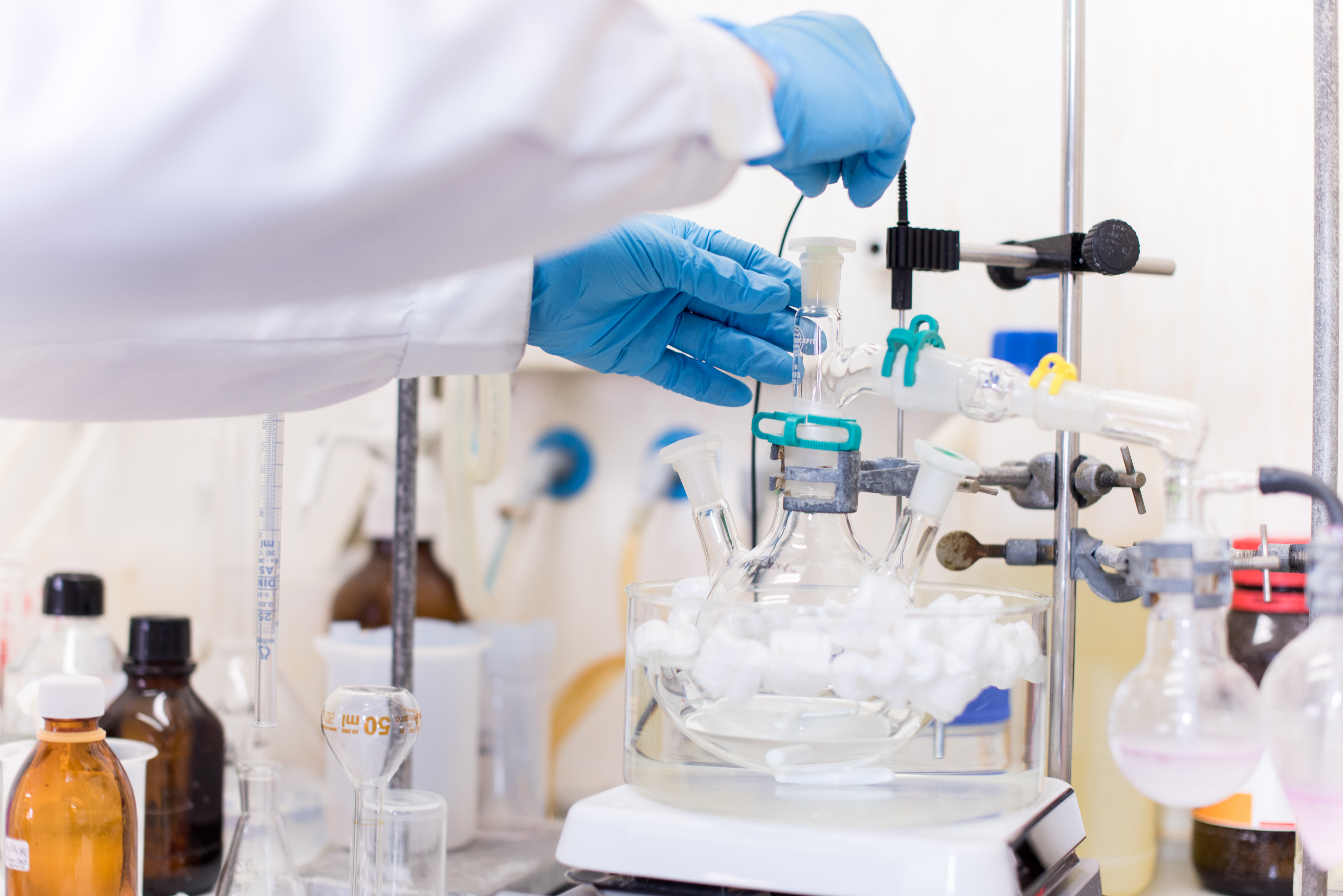10 Fascinating Insights into Exercise Mimetics: Movement Without Moving
In recent years, the concept of exercise mimetics has emerged as a revolutionary approach in the field of fitness and health. Exercise mimetics are compounds or interventions that mimic the beneficial effects of physical exercise without the need for actual physical activity. This innovative idea has captivated scientists, fitness enthusiasts, and health professionals alike, offering a glimpse into a future where the limitations of traditional exercise might be overcome. As lifestyles become increasingly sedentary and time becomes a precious commodity, the allure of exercise mimetics grows stronger. They promise not only to enhance physical fitness but also to address a myriad of health issues associated with inactivity, such as obesity, cardiovascular diseases, and metabolic disorders. This article delves into 10 intriguing insights about exercise mimetics, exploring their potential, challenges, and implications for the future of health and wellness.
1. What Are Exercise Mimetics?

Exercise mimetics are not just a futuristic concept; they are grounded in rigorous scientific research. The idea stems from the understanding of how exercise impacts the body at a molecular level. Scientists have identified specific pathways and molecules activated during physical activity, which are responsible for the myriad health benefits associated with exercise. By targeting these pathways, researchers aim to develop compounds that can replicate the effects of exercise, offering a solution for those unable or unwilling to engage in regular physical activity. However, the journey from concept to reality is fraught with challenges, including ensuring the safety and efficacy of these compounds. As we embark on this exploration of exercise mimetics, it is crucial to understand both the potential and the limitations of this burgeoning field.
2. The Science Behind Exercise Mimetics

At the core of exercise mimetics is the intricate science of how exercise influences the human body at a cellular level. Physical activity triggers a cascade of biochemical events, activating various pathways that contribute to improved health and fitness. One of the primary pathways involved is the AMP-activated protein kinase (AMPK) pathway, which plays a crucial role in energy balance and metabolism. AMPK activation leads to increased glucose uptake, enhanced fatty acid oxidation, and improved mitochondrial function, mirroring the metabolic benefits of exercise. By targeting this pathway, researchers aim to develop exercise mimetics that can replicate these effects without the need for physical exertion. Another key player in the exercise mimetic landscape is the peroxisome proliferator-activated receptor gamma coactivator 1-alpha (PGC-1α), a transcriptional coactivator that regulates genes involved in energy metabolism. PGC-1α is often referred to as the "master regulator" of mitochondrial biogenesis, a process essential for improving endurance and overall metabolic health. Exercise mimetics that can activate PGC-1α hold the potential to enhance endurance and metabolic efficiency, offering a promising avenue for individuals with limited mobility or chronic conditions that prevent regular exercise. Understanding these molecular targets is essential for developing effective and safe exercise mimetics that can truly mimic the benefits of physical activity.
